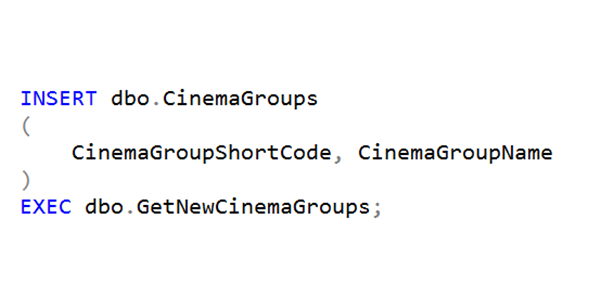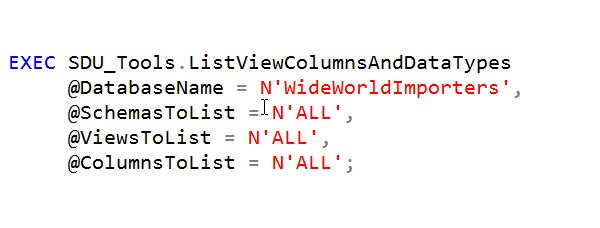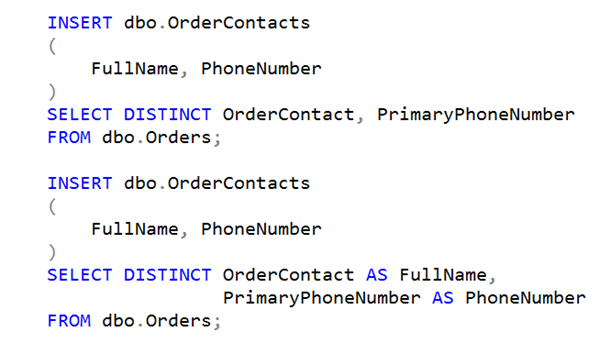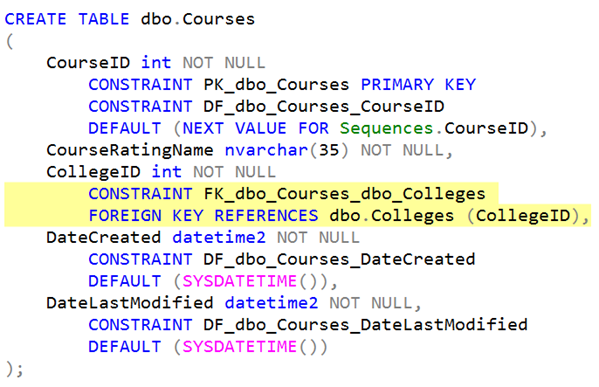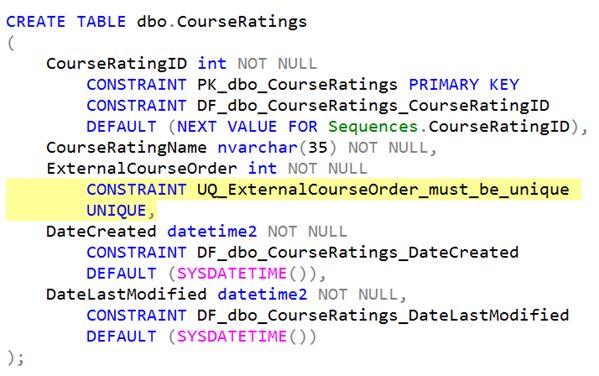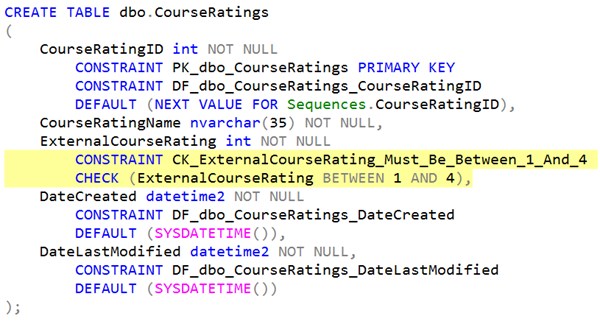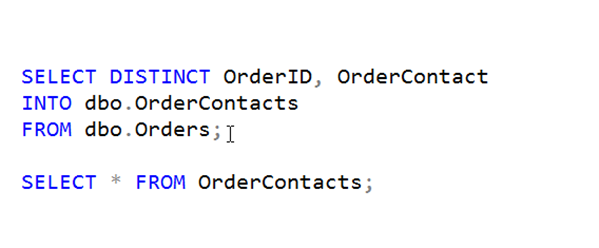
T-SQL 101: 139 Selecting rows into a new SQL Server table
In a previous post, I did an INSERT followed by a SELECT. When I do that, the table needs to already exist.
But what if I want to take the rows returned from a SELECT statement and use them to create a new table?
That’s what a SELECT INTO statement does. In the example above, I’ve taken a distinct list of OrderID and OrderContact values and used them to create a new dbo.OrderContacts table. If the table already exists, the statement will fail.
2025-04-03

